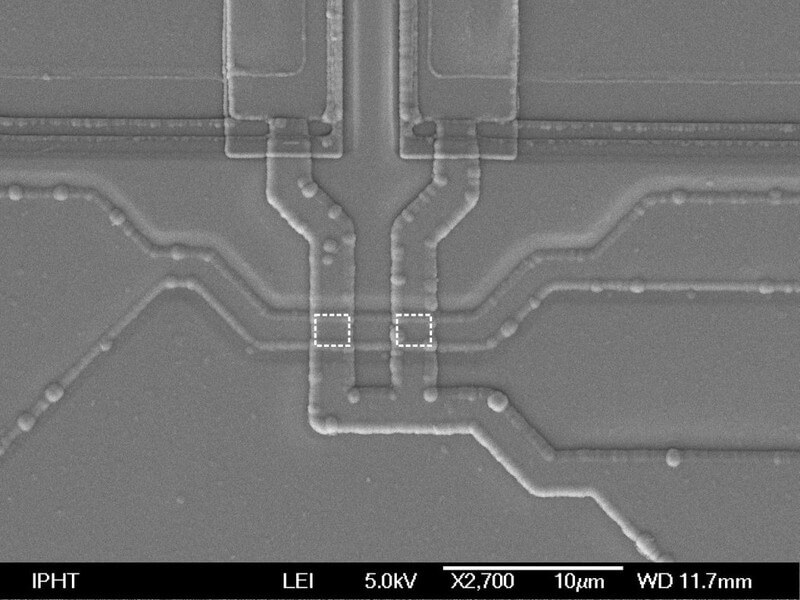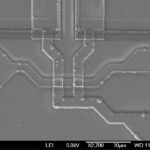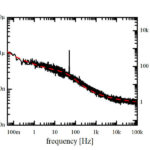- Home
- Technology Groups
- Competence Center for Micro- and Nanotechnologies
- Research results
- Superconducting Imaging Magnetometry with Near Quantum-Limit Energy Resolution
Superconducting Imaging Magnetometry with Near Quantum-Limit Energy Resolution

23.04.2018
For the characterization of the smallest magnetized objects all the way to single-spin systems, sensors with the highest spatial and magnetic resolution are required. For this purpose, the magnetometry research group is developing superconducting sensors with energy resolutions close to the quantum limit. These enable the detection of the smallest signals, for example in the magnetic characterization on the nanometer scale.
By: Matthias Schmelz // Vyacheslav Zakosarenko // Thomas Schönau // Solveig Anders // Sven Linzen // Ronny Stolz // Hans-Georg Meyer
Physics on the nanometer scale is a current field of research also with regard to quantum technologies, since quantum mechanical effects (e.g., interference of matter waves, coherence of electrons, effects of individual elementary charges in electronic components, etc.) occur in this size range. In particular, magnetic characterization on the nanometer scale and the corresponding imaging represent an especially powerful tool for research into biological, chemical, and physical systems and enable previously unattainable applications such as structural imaging of individual molecules.
In this context, the magnetometry research group at Leibniz IPHT researches quantum physical phenomena in order to develop highly sensitive measurement technologies for different fields of application. The necessary magnetic resolution is made possible by means of superconducting quantum sensors, which allow the acquisition of very small signals with energy resolutions at the quantum limit at a low working temperature of only a few Kelvin.
The superconducting quantum interference detectors developed consist of a superconducting ring with nanometer dimensions, which is interrupted by two so-called Josephson tunnel junctions. If the magnetic flux in the ring changes (e.g., due to a local magnetic momentum of a nearby spin system coupled to the ring), this can be detected with a periodically changing voltage across the component. The period corresponds to the magnetic flux quantum Φ0=h/2e, wherein h represents Planck’s constant and e represents the elementary charge. In addition to the achievable sensitivity, the dimensions of the ring determine in particular the spatial resolution of the detector.
Thin-film technology developed in close cooperation with the micro and nanotechnology workgroup of the quantum detection research department at Leibniz IPHT was used for the production of the sensors. For example, superconducting layers of niobium and layer stacks of niobium/aluminum oxide/niobium are used for the Josephson junctions. Figure 1 shows a scanning electron micrograph of a developed sensor. The surfaces of the Josephson junctions are shaded. In this way, ring sizes into the sub-micrometer range were able to be implemented.
Characterized at an operating temperature of about 4 K in liquid helium, the sensors feature significantly increased voltage modulations compared to the international level of development. This simplifies their readout significantly and results in a clearly improved magnetic sensitivity. The use of the Josephson tunnel junctions described above allows energy resolutions close to the quantum limit. Figure 2 shows the spectral sensitivity of such a sensor in units of the magnetic flux quantum Φ0, as well as in the energy resolution calculated from it. The developed quantum sensors thus allow the combination of good spatial resolution with the highest energy resolution.
Future work in this field will focus primarily on further reducing the ring dimensions in order to further increase local magnetic field sensitivity. In addition, the manufacturing technology (in comparison to other work) allows a very high integration density of the sensors up to large-scale sensor arrays, which enable, for example, magnetic microscopy with sensitivities close to the quantum limit.


